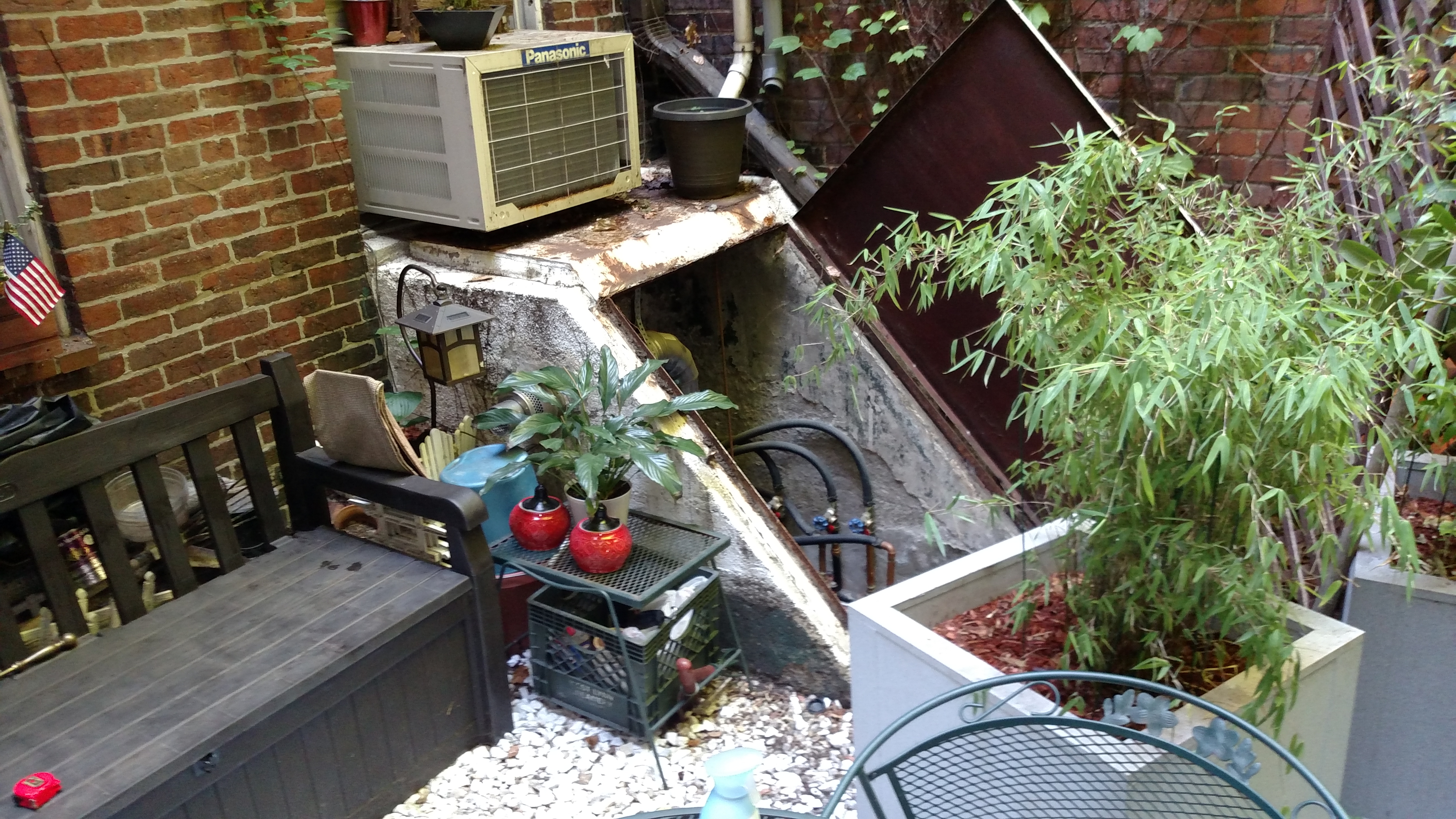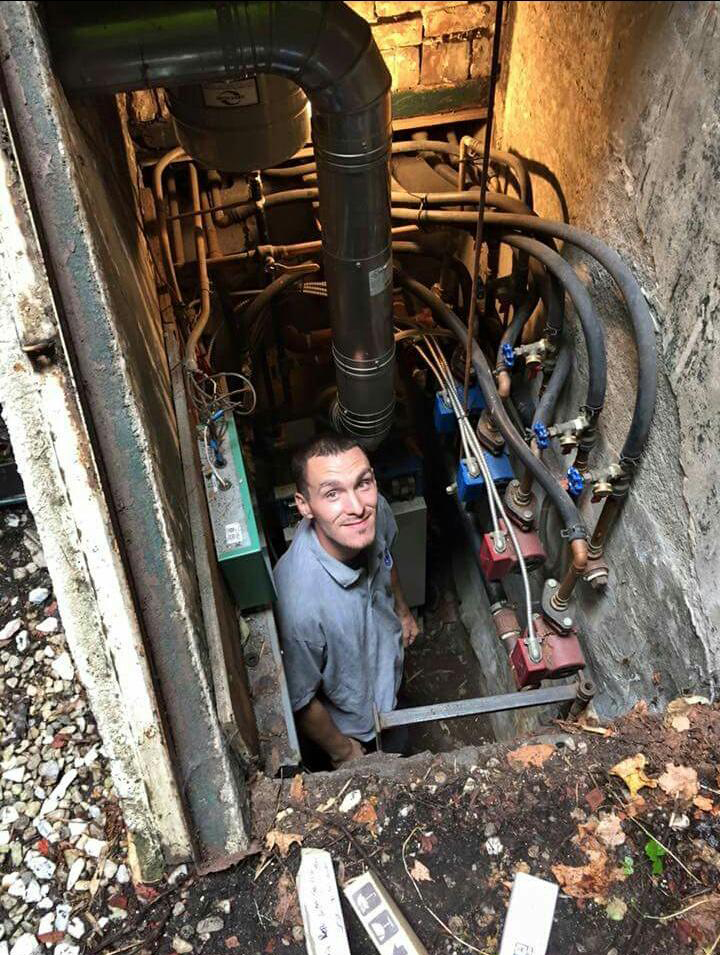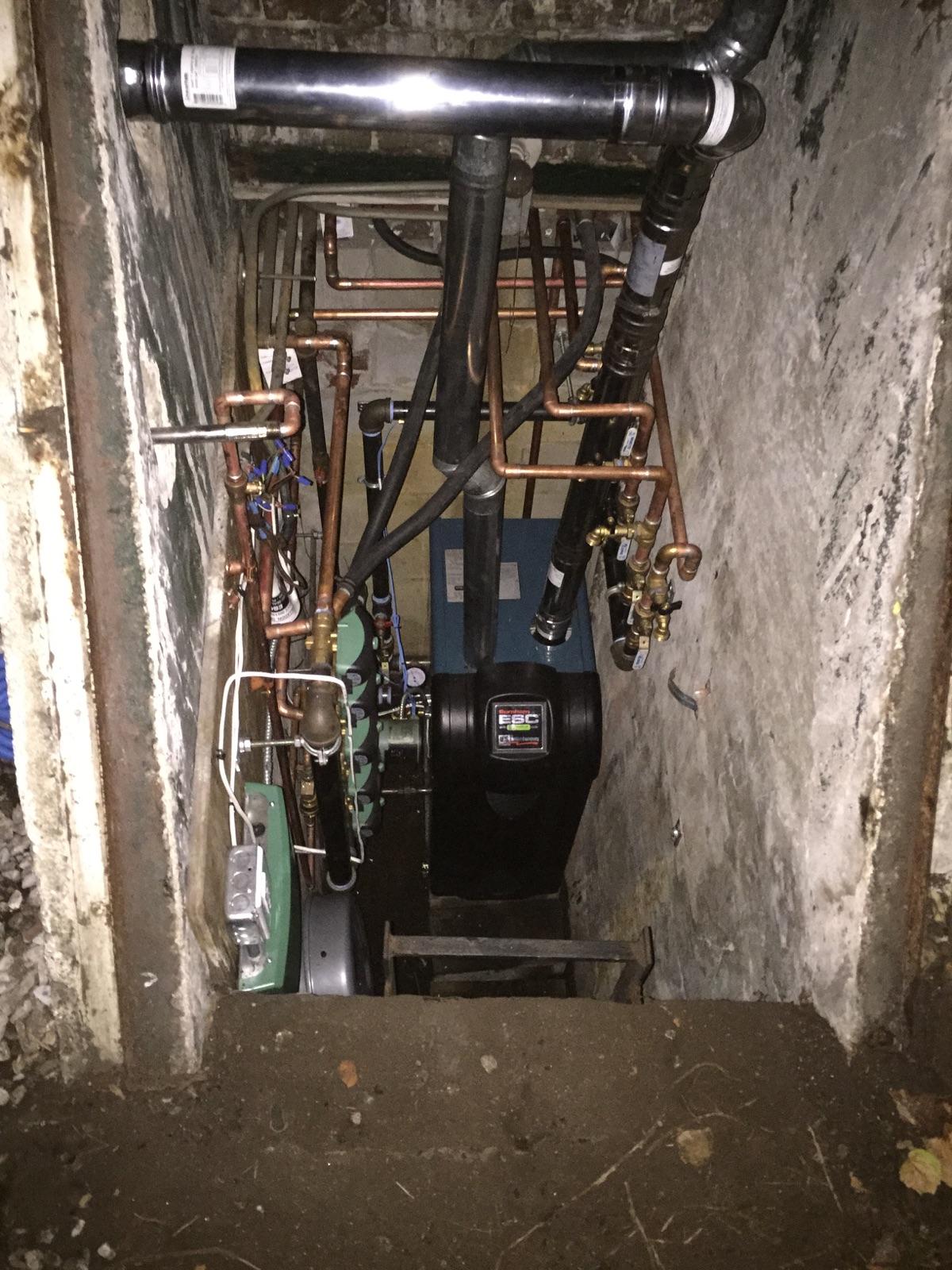The seemingly endless list of Boston neighborhoods is nearly as famous as the iconic accent in which they’re typically pronounced by locals. Worcester is pronounced Woostah, Harvard Yard is, of course, Hahvuhd Yahd, and everyone knows that Southie refers to South Boston.
Boston Standard Company serves most of these areas. And while Joseph Wood, the firm’s owner, doesn’t exactly pronounce the company name with the same dialect that Hollywood would have us believe all Bostonians use, he’s definitely at home in the city.
The 10-year-old company has 33 employees and offers heating, AC, plumbing and drain cleaning services. Their claim to fame is a top-of-the-line experience paired with a very positive, professional image. Repeat business and leads from Angie’s list are their bread and butter. In fact, Boston Standard won Angie’s List Super Service Award for the past eight consecutive years.
 “Our good brand is a product of a solid group effort,” said Wood. “I can honestly say that our whole crew puts their best foot forward each and every day with a dedication to providing more than what’s expected. Pair that with clean uniforms and a respectable fleet of vehicles, and you get a company that looks every bit as good as it performs.”
“Our good brand is a product of a solid group effort,” said Wood. “I can honestly say that our whole crew puts their best foot forward each and every day with a dedication to providing more than what’s expected. Pair that with clean uniforms and a respectable fleet of vehicles, and you get a company that looks every bit as good as it performs.”
Boston Standard does no new construction. Instead, they’ve grown accustomed to the old homes throughout the city and its suburbs. Roughly 70 percent of the work is residential, often occurring at brownstones and colonials. More often than not, that requires creative solutions.
“We sell value and service,” said Wood. “Products are just the means to get there. With every job we visit, we avoid getting ‘tunnel vision.’ What works in one 100-plus year-old home may not work in another. It’s kind of like being a good doctor. If you go in for joint pain, we’re not going to suggest a knee replacement right off the bat. We’re going to look at all the options and solutions.”
It just so happened that one job in the neighborhood of Beacon Hill needed the full joint replacement. But doing so took a unique approach.
A bunkah boilah in Beacon Hill
Beacon Hill is a historic neighborhood on the west side of the metro. With its narrow alleys and gas streetlamps, it’s one of the most desirable and expensive areas of the city.
A customer called the shop looking for a long term, super-reliable alternative to the old boiler that was currently serving his 2,800-square-foot home, which was built in the 1890s. The homeowner spends months at a time overseas, and couldn’t suffer another winter wondering if his wife would be left cold.
But the boiler was in a unique place, even by Boston Standard standards (yes, it felt funny typing that). It quickly became known as “The Funky Job,” within the company. Against the side of the house and below street level is a seven-foot deep bunker, for lack of a better term. There’s no basement access to this space, only a fire ladder descending into the three-by-four-foot pit.
Above: The street-level bulkhead contained the homes original boiler and all accessories.
The existing three-section, medium efficiency boiler was heating home through copper baseboard. Before it was heaved out of the dark pit, Wood recognized that his options for a replacement unit would be slim.
“Per the homeowner’s request, we needed something super reliable,” said Wood. “Because the owner is away for more than half a year at a time, I wanted to give him something with extremely low maintenance and the best reliability possible. We use the Independence on steam jobs, and we install a lot of Alpines and K2 condensing boilers. But here, we needed a direct vent boiler, and it needed to be narrow and tall. That lead us to the U.S. Boiler ESC.”
U.S. Boiler’s slender, cast iron ESC boiler provides 85 percent efficiency with the ability to quickly and easily add plug-and-play IQ cards for outdoor rest, low water cutoff, and high limit. All seven sizes between 70 and 280 MBH provide a robust solution where a direct vent, sectional boiler is needed.
Confined spaces
Dropping the new, three-section boiler into the hole was easier than tugging the old one out, but slow and steady was the name of the game. To limit working in the confined space, products were carefully selected and as much material was prefabricated as possible.
Above: Even Michael Wells, one of Boston Standard’s tallest employees, doesn’t clear the top of the bulkhead.
Black iron, IPS-style manifolds were used. The supply manifold was hung on the left side of the bulkhead, and the return is on the right. New zone valves were installed and connected to the existing rubber toe-kick heater line that penetrates the basement wall.
Stainless steel venting was used on both sides of the boiler. The exhaust pipe leaves the side of the pit, while combustion air passes through the top. One Taco ECM circulator is used for the whole system, and a rectangular Zilmet Flats expansion tank provides enough pressure for the four-story home while also saving space in the bunker.
Above: An ESC boiler was selected for its reliability, direct-vent compatibility, and slender, space-saving profile. Exhaust piping leaves the side of the pit, and combustion air is supplied through the top.
“We didn’t need to use glycol on the system because the bulkhead is very well insulated,” said Wood. “There were a bunch of us on-site for more muscle while the boilers were being swapped, but otherwise, it took two guys the better part of three days to do the job.”
The following summer, Boston Standard Company was called back for a ductless AC installation, which was equally strange and challenging due to the home’s 18-inch thick brick walls.
The owner got everything he wanted, and his wife has had no problems. They’re happy customahs.



